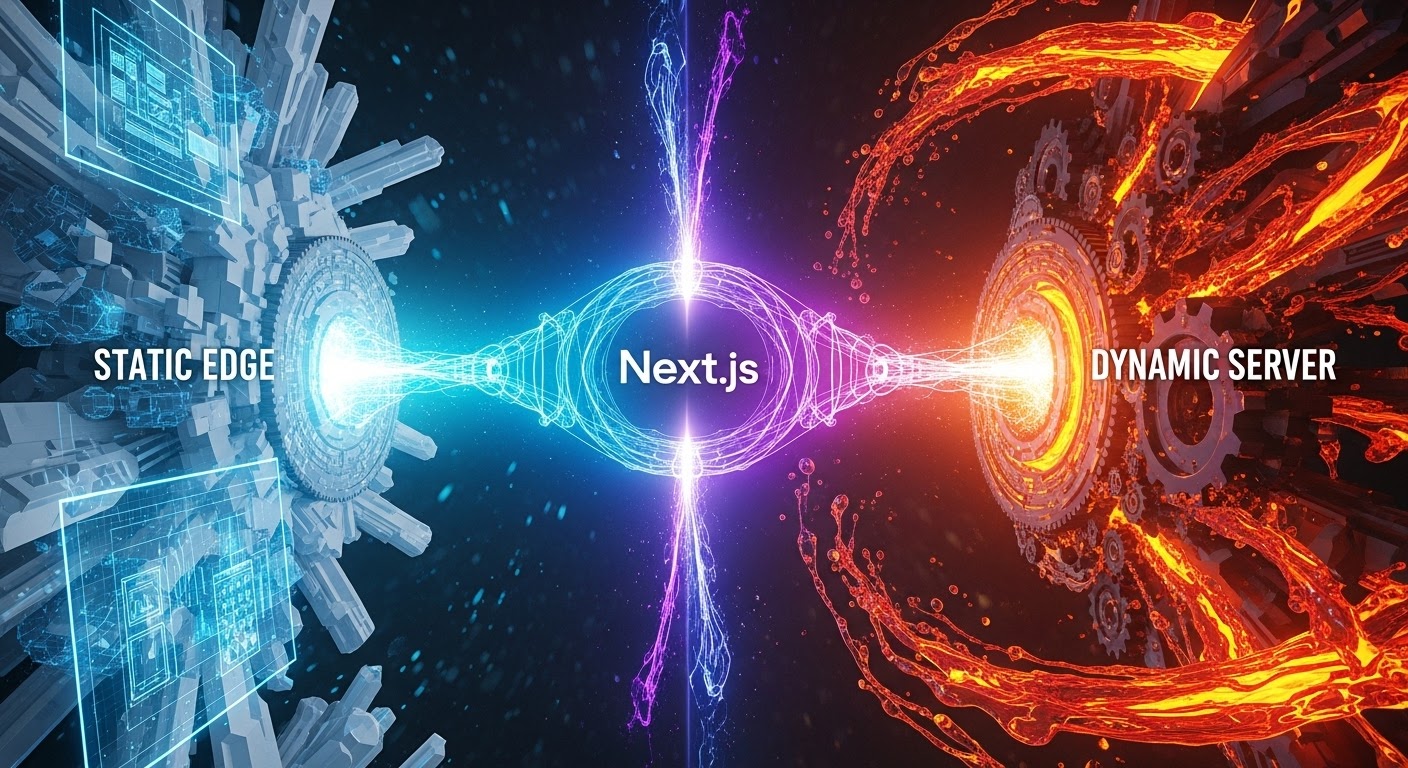Search This Blog
Welcome to Financially Free, your guide to taking control of your money. Learn to budget, pay off debt, and invest wisely. We provide practical advice and simple strategies to help you build wealth and achieve true financial independence. It's time to live life on your terms.
Axos ONE
Featured
- Get link
- X
- Other Apps
Neural Networks and Machine Learning in Decision Support Systems
Neural Networks and Machine Learning in Decision Support Systems
In recent years, advancements in technology have revolutionized the field of artificial intelligence (AI) and its applications. Neural networks, a subset of machine learning, have emerged as a powerful tool for solving complex problems. This essay explores the concept of neural networks, their relationship with machine learning, and their role in decision support systems. Additionally, it delves into reflexes, the use of the DI term, the contributions of MIS Regents Professors, and different types of data mining analysis and decision support strategies.
Neural Networks and Machine Learning:
Neural networks are computational models inspired by the human brain's neural structure. Comprised of interconnected nodes or "neurons," these networks are designed to process and analyze large amounts of data.
Neural networks excel at pattern recognition, making them particularly effective in tasks such as image and speech recognition, natural language processing, and predictive modeling.
Machine learning, on the other hand, refers to the ability of computer systems to learn and improve from experience without being explicitly programmed.
Neural networks are a key component of machine learning algorithms, as they enable computers to learn and adapt by adjusting the weights and biases of their connections.
Reflexes and the DI Term:
Reflexes are involuntary and nearly instantaneous responses to stimuli. In the context of AI and neural networks, reflexes can be seen as automatic reactions triggered by specific inputs.
Neural networks can be trained to exhibit reflex-like behavior by associating certain inputs with predefined responses. This allows them to respond rapidly to specific patterns or signals.
The term "DI" refers to "Deep Learning," which is a subfield of machine learning that focuses on training neural networks with multiple hidden layers.
Deep neural networks are capable of learning intricate representations of data, enabling them to extract complex features and make highly accurate predictions.
Contributions of MIS Regents Professors:
The essay mentions the contributions of MIS Regents Professors, although specific names are not provided. These esteemed individuals have made significant advancements in the field of AI and decision support systems.
Their research and expertise have played a crucial role in the development and refinement of neural networks, machine learning algorithms, and decision-making processes.
Types of Data Mining Analysis and Decision Support Strategies:
Data mining analysis involves extracting meaningful patterns and insights from large datasets. Neural networks are commonly used in data mining tasks, such as classification, clustering, and regression. Their ability to identify complex relationships within data makes them invaluable in uncovering hidden patterns and making accurate predictions.
Decision support systems (DSS) are computer-based tools that assist in decision-making processes. Different strategies can be employed within DSS, depending on the specific requirements of the problem at hand.
Some common decision support strategies include optimization, simulation, heuristics, and data-driven approaches. Neural networks can be integrated into DSS to improve decision-making by providing valuable insights and predictions based on historical data.
Here are a few examples of decision support strategies that utilize neural networks:
Predictive Analytics:
Neural networks can be used to build predictive models that aid in decision-making. By training a neural network on historical data, it can learn patterns and relationships to make predictions about future outcomes. For example, in the financial industry, neural networks can be employed to predict stock market trends or forecast customer behavior, enabling better investment decisions or targeted marketing strategies.
Risk Assessment:
Neural networks can be utilized to assess and mitigate risks in various domains. By analyzing historical data, a neural network can identify patterns and factors that contribute to specific risks. For instance, in the insurance industry, a neural network can assess the risk associated with insuring a particular individual by considering their demographic information, health records, and other relevant variables.
Anomaly Detection:
Neural networks can be employed to detect anomalies or outliers in large datasets. By training a neural network on normal patterns, it can identify deviations from the norm, which may indicate potential issues or anomalies. This can be valuable in fraud detection, network security, or quality control processes.
Demand Forecasting:
Neural networks can help in forecasting demand for products or services. By analyzing historical sales data, market trends, and external factors, a neural network can predict future demand patterns. This information can guide inventory management, production planning, and resource allocation decisions.
Diagnostic Decision Support:
Neural networks can be used to support diagnostic decision-making in fields such as healthcare. By training a neural network on medical records, symptoms, and test results, it can assist in diagnosing diseases or conditions. This can aid healthcare professionals in making accurate and timely decisions regarding patient treatment and care.
These are just a few examples of decision support strategies that leverage neural networks. The versatility and adaptability of neural networks make them valuable tools in various decision-making scenarios, providing insights and predictions that aid in optimizing outcomes and improving efficiency.
In conclusion neural networks and machine learning have become fundamental components of the AI landscape. Their ability to learn from data and make predictions has revolutionized decision-making processes in various domains. MIS Regents Professors have made significant contributions to the field, advancing the development and application of neural networks and decision support systems. As we continue to explore and refine these technologies, their impact on society is bound to grow, transforming industries and improving our ability to make informed decisions.
Popular Posts
Next.js Partial Prerendering: The End of the Static vs. Dynamic Trade-off
- Get link
- X
- Other Apps
Gemini 3 is Here: The AI That Finally "Reads the Room"
- Get link
- X
- Other Apps





Comments
Post a Comment